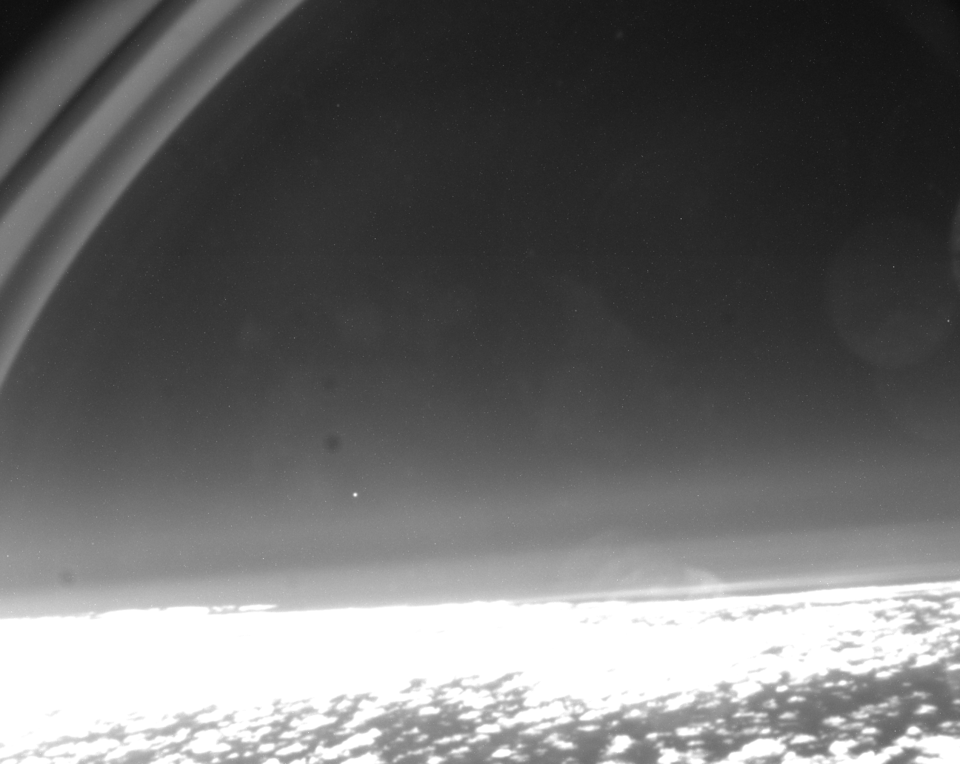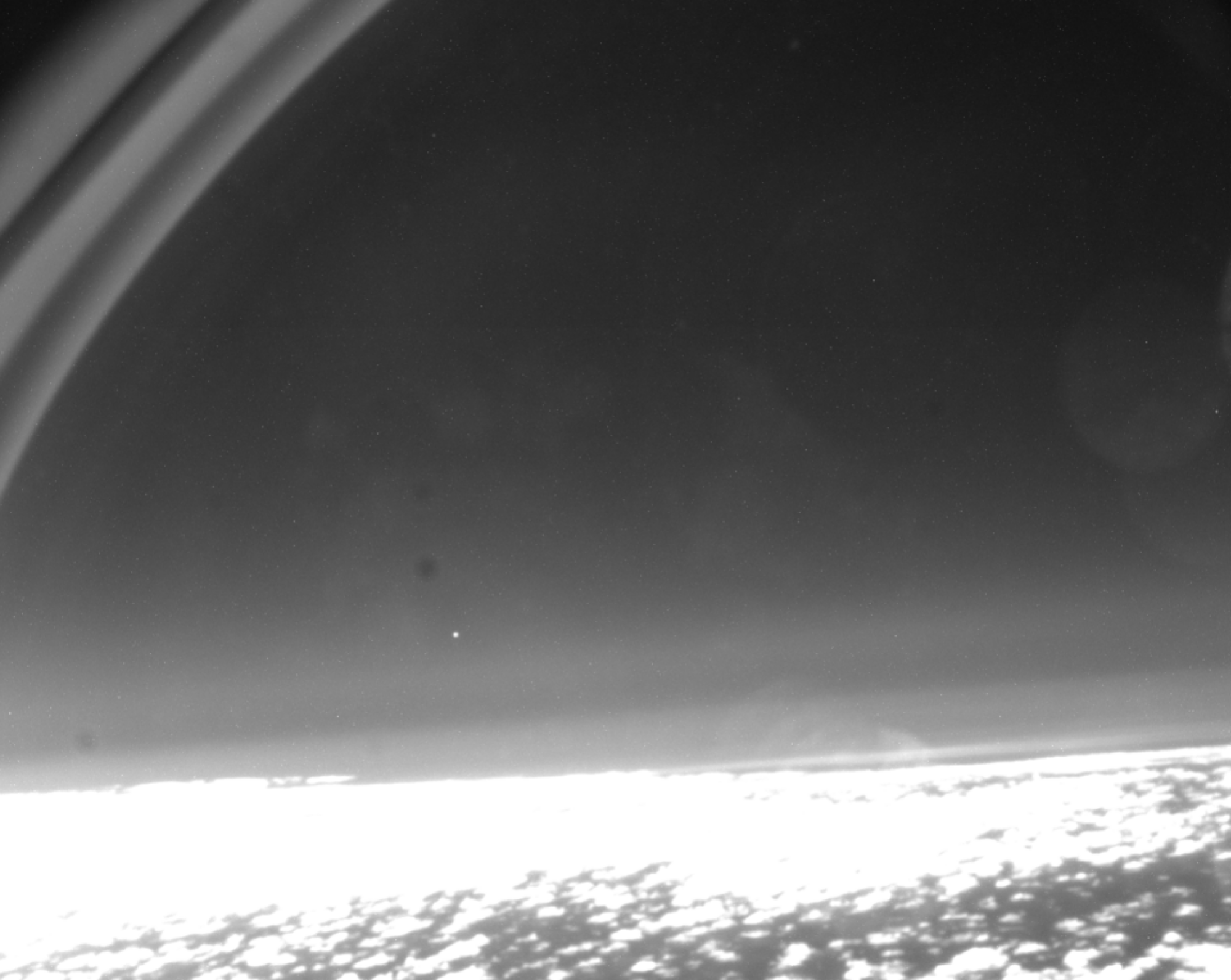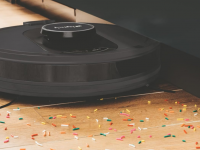
Nearly a quarter century ago, four identical spacecraft launched into space. Now, they’re coming home.
The European Space Agency sent a plane to capture footage of the first of four Cluster mission satellites reentering Earth’s atmosphere on Sept. 8.
“The first recorded observation of a satellite reentry from a high-speed orbit, taken from a plane in bright daylight!” the agency wrote.
The goal was to capture rare information on how, and when, such a spacecraft breaks up in Earth‘s atmosphere as it encounters intense friction and heat. “Throughout history, so far about 10,000 intact satellites and rocket bodies have reentered the atmosphere,” the agency explained. “Yet we still lack a clear view on what actually happens during a reentry.”
The reentry of the craft named “Salsa,” shown below as the bright dot above the sea surface, intentionally happened over the remote south Pacific Ocean — a region where the already low-likelihood of creating damage was vastly reduced.

Credit: ESA / ROSIE / University of Southern Queensland
The Cluster mission, undertaken by NASA and ESA, deployed four identical spacecraft to investigate how our planet’s magnetosphere (a bubble around Earth protecting us from solar and cosmic radiation) interacts with a constant stream of particles from the sun, called the solar wind. “It even discovered the origin of ‘killer electrons,’ energetic particles in the outer belt of radiation surrounding Earth, that can cause havoc for satellites,” ESA said.
Before the aging satellites became derelict objects in Earth’s orbit, ESA made maneuvers to ensure the spacecraft came down in a “targeted area.” “Without intervention, the four Cluster satellites would have reentered Earth’s atmosphere naturally – but with less control over when or where this would happen,” the agency wrote.
It’s an early endeavor to limit the amount of space junk amassing near our planet, and to control where it eventually comes down. There’s a lot up there, zooming around in low-Earth orbit (LEO).
“LEO is an orbital space junk yard,” NASA explains. “There are millions of pieces of space junk flying in LEO. Most orbital debris comprises human-generated objects, such as pieces of spacecraft, tiny flecks of paint from a spacecraft, parts of rockets, satellites that are no longer working, or explosions of objects in orbit flying around in space at high speeds.”




















0 Comments